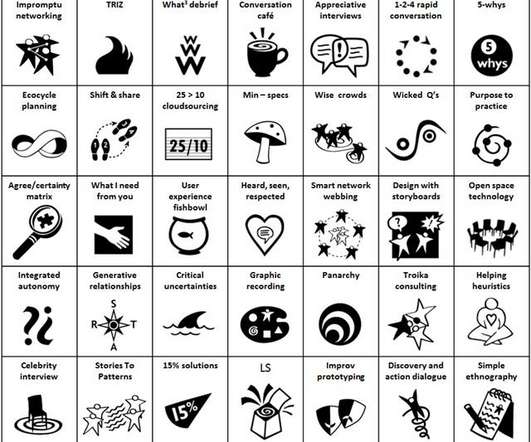The AI Advantage: Supercharge Your Design Thinking Techniques
Leapfrogging
FEBRUARY 28, 2024
Introduction to Design Thinking Design Thinking is a methodology used by designers to solve complex problems and find desirable solutions for clients. A design mindset is not problem-focused, it’s solution-focused and action-oriented towards creating a preferred future.



































Let's personalize your content